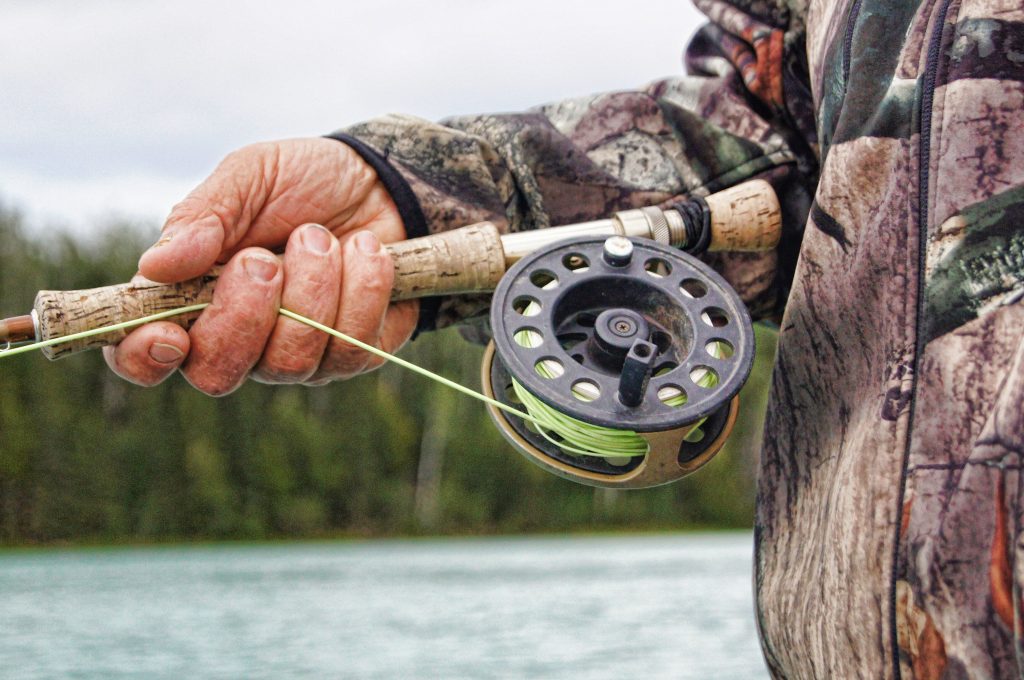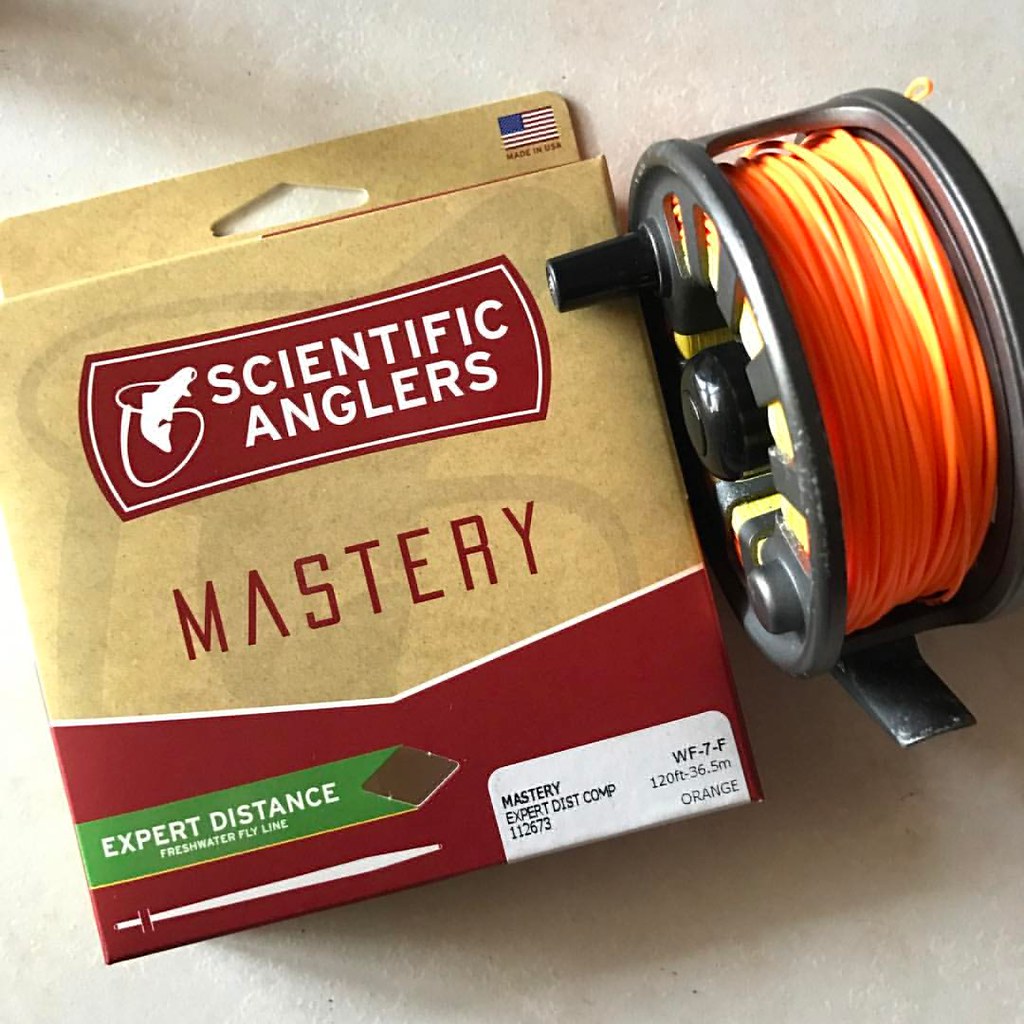One of our most asked questions is how to choose a fly line. At the surface it seems simple, but when you get to a fly shop it can be overwhelming to see wall of fly lines with different brands and numbers that may or may not mean anything to you. As such, it is important to understand a few basics so that you can choose a fly line seamlessly without having to dive into the nuanced differences.
What is fly line?
Fly line is the engine for your fly rod. Fly line is what causes your rod to bend and flex as you cast and “load” your rod with your line. Fly line simply consists of a core typically made of nylon that is coated with PVC. Most standard fly lines are sold at 80 to 100 feet and are constructed from a longer several hundred-foot segment of line. Lines are also built with different tapers including double taper (precision), weight forward (distance), and level or no taper (budget).
When stripped bare, fly lines appear to be nothing more than a longer string, but there are enough subtleties in how they are made and may differ to right a novel. For this article, we will stick to basics.

What weight is your rod?
The simplest rule of thumb to follow when you choose a fly line is to match your rod to your line. In other words, ensure that you match a 5-weight rod to a 5-weight line or a 10-weight rod to a 10-weight line. If you were to purchase a 5-weight line for a 10-weight rod, then you would not be able to load your rod because there would not be enough weight in the line. Conversely, if you were to buy a 10-weight line for a 5-weight rod, your rod would be overloaded, and you might have trouble picking up the line to cast.
Fly rod and fly line technology continues to evolve and advance, many fly lines actually run heavier than the “industry standard” for a given weight. A closer inspection of the grains (fly line weight unit) of a fly line may reveal that a given fly line is two or three rod weights heavier than advertised. This is primarily due to changes in the location of where a lines weight is located throughout the line. By altering the concentration of weight, line manufacturers can assist fly casters with increasing casting distance.
Beginners should focus matching line and rod weights one for one. As you begin to advance as both an angler and caster, feel free to choose a fly line that will help you elevate your casting to the next level. Need a hand choosing a rod? Check out our article on those tips as well.
What are you fishing for?
What is your target species of choice? Trout, bass, tropical fish? This is important to note because all these species are different sizes and occupy different habitats, thus requiring different rod weights and subsequent line wights.
When I fish for trout, I almost exclusively use a floating line. However, when fishing for bass it depends on both their mood and mine. If I want to fish bass subsurface, I prefer a line with a sink tip or even an intermediate line. Most of the time I prefer to fish bass with floating line using a topwater popper. Despite my preference for topwater, sometimes the bass can only be found deep depending on the season, and it is up to me as the angler to stay adaptable.
Saltwater is a whole other game that will often require multiple lines. Saltwater will often require you to choose a fly line that is either floating, intermediate, or sinking and the need for each may change throughout a given day. Fish may feed closer to the surface at dawn and dusk but can only be found deeper in the water column during the day. Read on to discover how you can adapt to changing fishing conditions in a given day.
Keep multiple spools
The same rod can be used for a variety of fish species and fishing situations; however, the necessary line can often change across these same situations. Fly lines do not spool on and off a reel very easily, therefore it can be advantageous to have multiple spools for one reel. This is especially important when fishing in places where the conditions may change day to day or even hour to hour.
For example, I have a 10-weight rod and reel that I can use for salmon, saltwater, and other larger fish. I have a floating line spool for rivers, and an intermediate spool for the majority of my saltwater fishing. There have even been times where a sinking line spool would have been necessary. Having multiple spools for a couple of different universal rods pays dividends over time as you can easily switch your tackle to match your favorite situations. When you choose a fly line, always consider how it will add to your arsenal.

Example of a Scientific Anglers floating fly line of the ‘weight forward’ type
What is the weather like where you are fishing?
Fly lines are designed to fish in different weather and temperatures. The optimal temperature threshold for different fly lines is often clearly demarked but simply put, there are cold and warm water lines. Each type of line is designed for peak performance in either cold or warm conditions. When they are fished in sub optimal conditions, these lines tend to stiffen or have “memory” which is when a line “remembers” its shape and does not stay strait. A quick straitening will often put a line back into business, but this is very annoying to have to do regularly.
No Need to Worry When you Choose a Fly Line
I like to break all factors down simply when I choose a fly line to remove all stress from the experience. As long as you generally know the conditions you will be fishing, it is fairly simple to pick the correct one. It can often be advantageous to cast a line with your rod of choice before purchasing. Not every line will work with every rod. I personally believe that the line-rod combination is far more important to casting success than the caliber of the line or rod on their own. Good luck and tight lines!